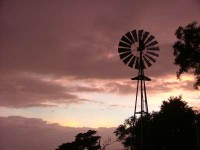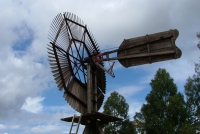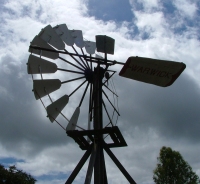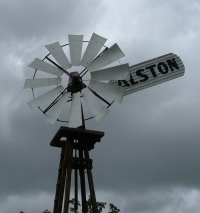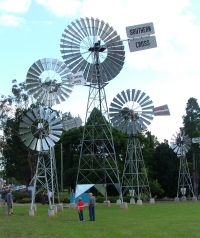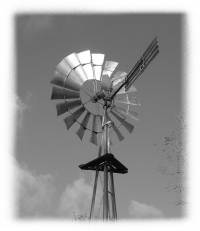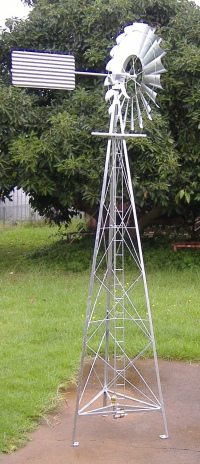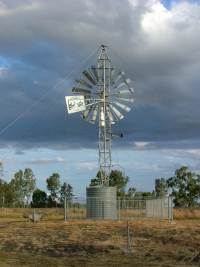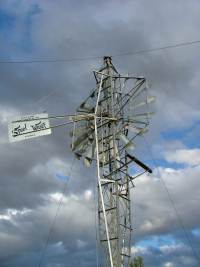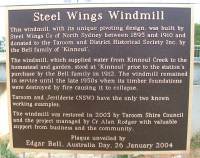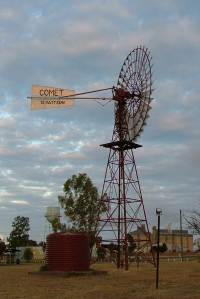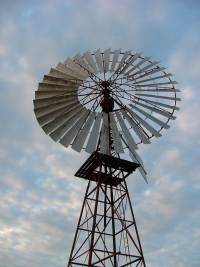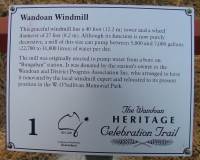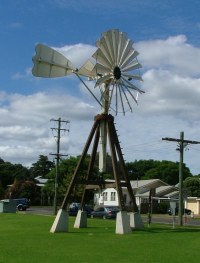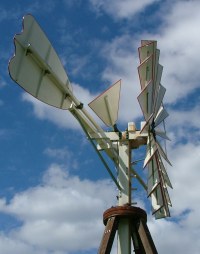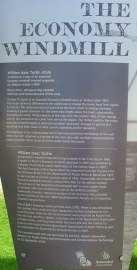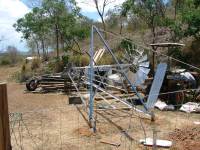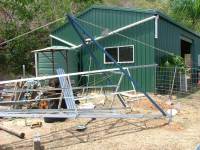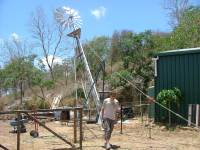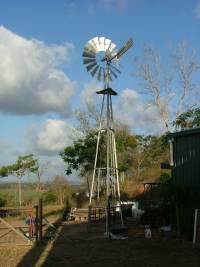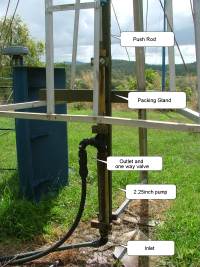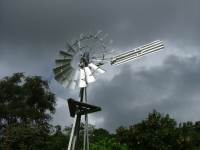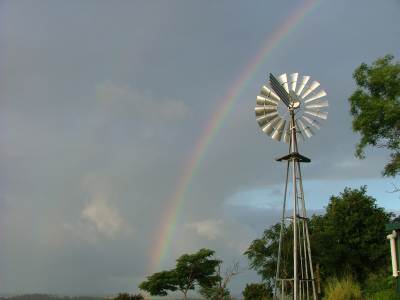 |
|
|
Site Navigation
Projects & Information
»General Information»Wind turbine Projects »The F&P Smartdrive »Electronic projects »Microcontroller projects »Miscellaneous Kits & Parts
»Basicly Natural Pty Ltd»PVC & Aluminium blades »Scale model farm windmills »Price Watch Discussion Forums
Handy Links
»Wind»Solar »Electric Vehicles »Electronics »Micro Controllers »General Interrest About TheBackShed Getting Started Privacy Policy
Some links to old The solar pump compared to Personally I find windmills much We tend to forget about old
You can buy working scale model |
I've always liked the old farm windmills, there was just something about them that catches my attention, both from a mechanical and photographic point of view. I've always had a interest in old machinery, a respect for something that was built long before I was born. Add to that a interest in photography and the old windmills just fall into place as a personal favorite subject. If you go for a drive out in the country side you can see the old windmills everywhere, most in a very sad looking state, but some still working. Occasionally you come across a real gem, like the two windmills below. These have been restored by enthusiasts, and I take my hat off to them. I photographed these about 4 years ago on a drive from Mackay to Toowoomba via the inland route, a 1,000 km all day trip. Remember you can click on the images to see full size. I n late 2006 I bought my very own windmill, a old "Z" series Southern Cross, 6 foot turbine on a 25 foot tower. The Z models had a piece of corrugated iron for the tail and were made between 1930 and 1953. It was only a baby as far as Southern Cross windmills go, but it will do me just fine.
Above is how I rigged it all up. A 5,000 liter rain water tank collects rain water from the workshop shed roof. At the bottom of the tank is a outlet that is fed to the windmill pump inlet. The pump outlet goes up the hill to the header tank, a 1,000 liter tank about 10 meters up the hill behind my house. The header tank has a over flow that is piped back down the hill to the rain water tank. So once the header tank is full the excess is fed back to the main tank. At the bottom of the header tank is the outlet ( not shown ) that feeds water to the house. The height of the header tank gives plenty of water pressure to the house. It all works a treat, no electric pumps or float valves. And with a little maintenance it will still be working in 50 years.
|
||
